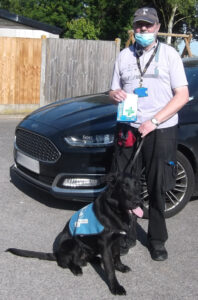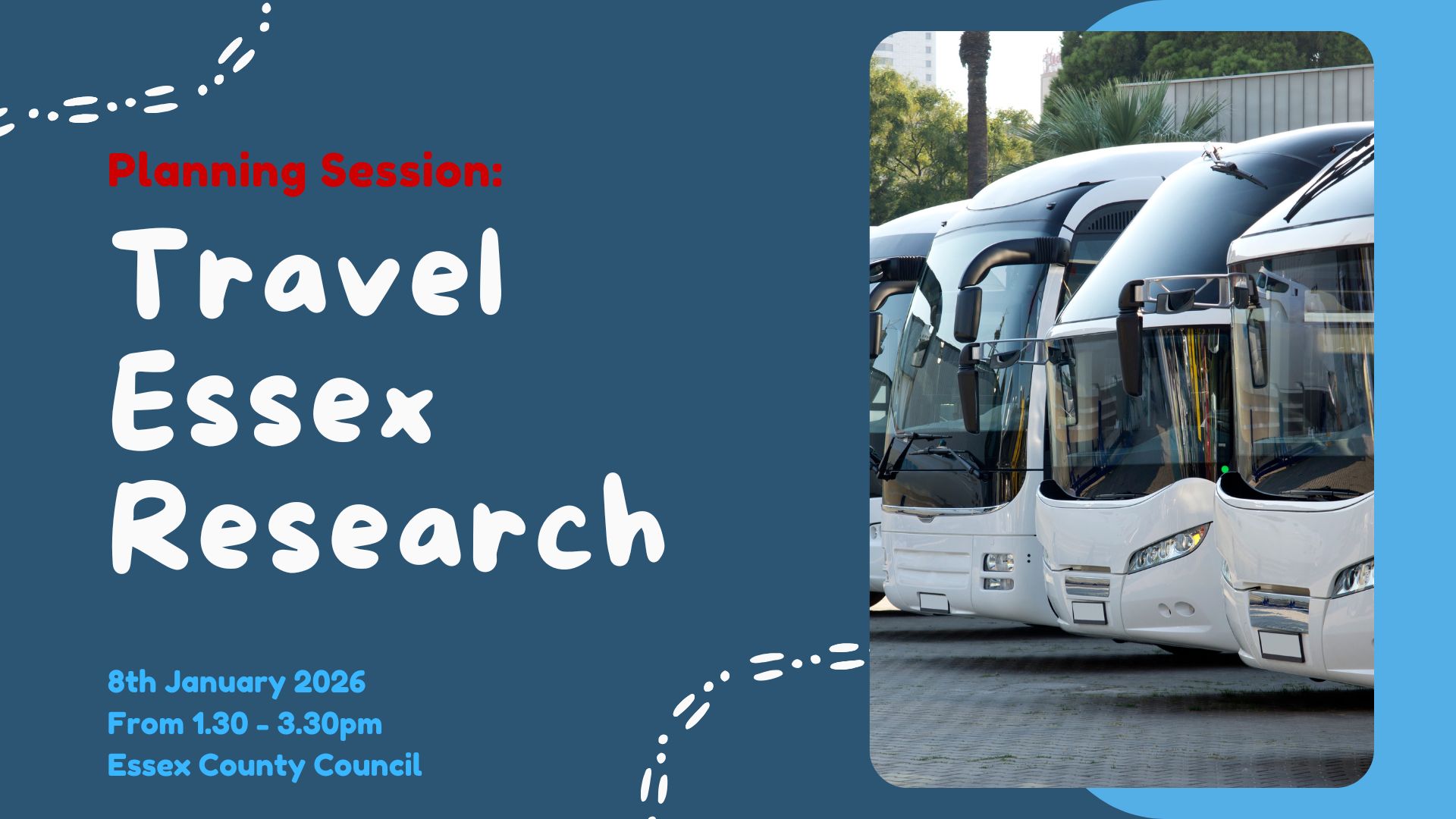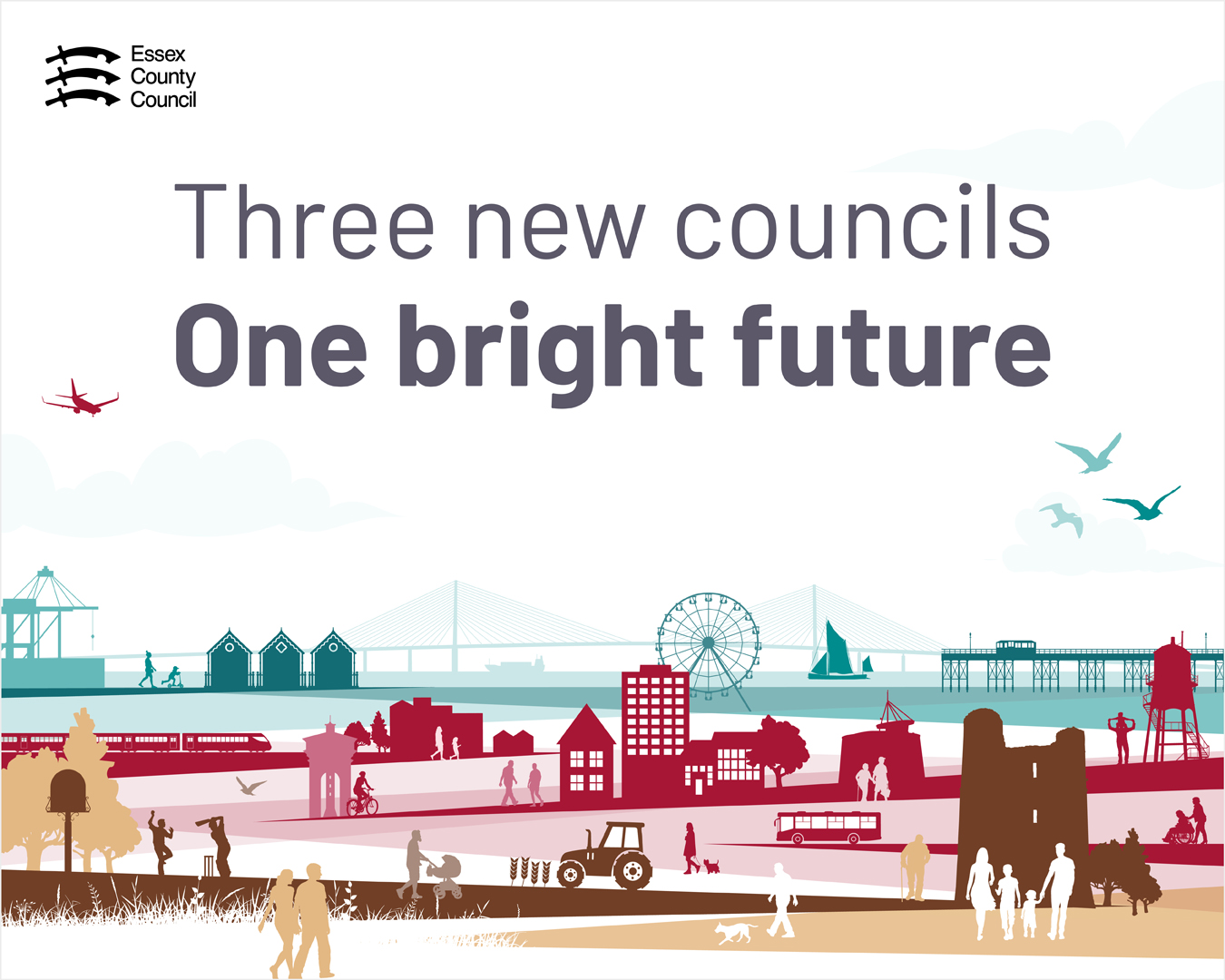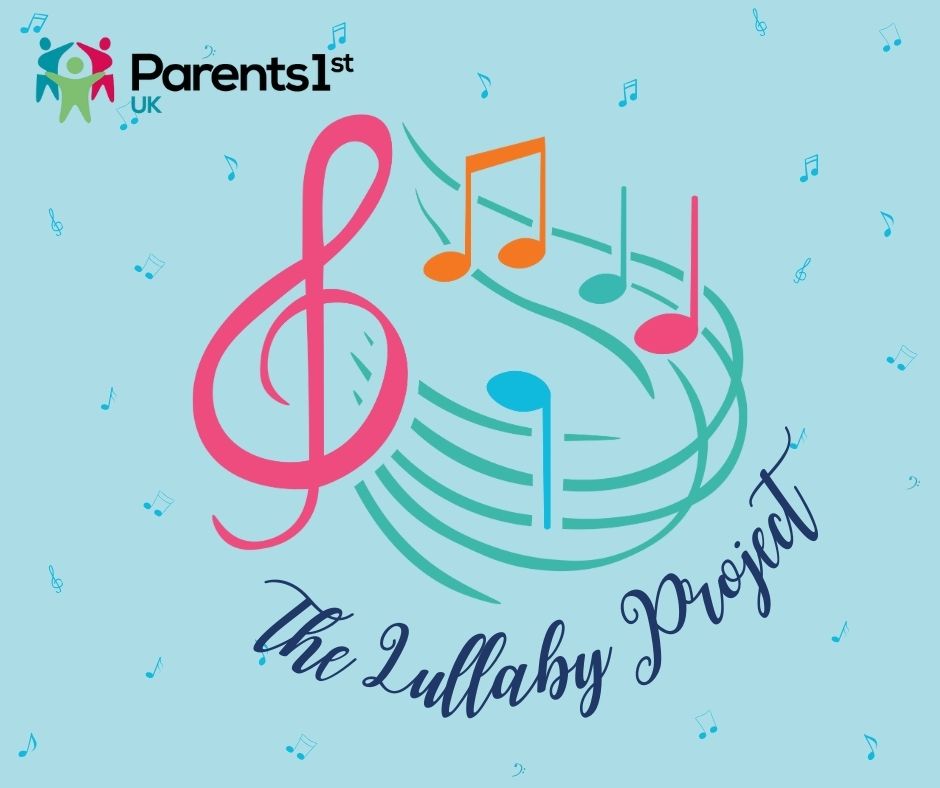Guidance for helping visually impaired people
Posted on: June 23, 2020
Content from Peter Blackman, Chairman of South Woodham Ferrers Health & Social Care Group and Volunteer Guide Dog Puppy Walker
Blind, Visually Impaired & disabled people struggling in lockdown
Have you noticed people struggling to keep a social distance? Are they able to see? Is their mobility restricted? We all need to keep our eyes open and up our observation skills during lockdown and distancing restrictions. And we are doing a good job.
However, some people are struggling. I happen to be a volunteer trainer of Guide Dog Puppies and I was terribly sad to read that one Guide Dog Owner has said he’s decided not to take Kika, his Guide Dog, out alone any more, thus taking him back to the permanent lockdown which engulfs many Visually Impaired People (VIPs). In recent weeks so many people seem not to have noticed him, haven’t bothered moving and instead brush or bump into him. The pavements are now too busy for VIPs to maintain social distancing. This is one step back for equality and independence.
Also I’ve heard people complain when VIPs with Guide Dogs have seemed to ignore queues. The Guide Dogs are trained to take their VIP in straight lines and they haven’t learnt about queuing. My present 6 month old pup Clarkie is getting a lot of experience of queuing! Perhaps that will be a new skill for future Guide Dogs! But in the meantime, Please, Please, can we, all of us, blessed with sight use it and not discriminate against the VIPs.
‘Be There’ Campaign
Guide Dogs have launched a public awareness campaign to highlight the challenges faced by blind and partially sighted people around the social distancing measures. We have come up with three tips to help the public understand how they can help people with sight loss cope with the challenges of social distancing. We are calling the campaign ‘Be There’ to emphasise that although social distancing is important, we want the public to be there to offer help, if needed. A big thank you to those I spoke to last week who gave feedback on the tips which are;
- Keep your distance, but don’t disappear – People with sight loss may find it challenging to social distance, so if you see someone with a guide dog or a long cane then you can help them by making sure you keep two meters away, but that doesn’t mean you can’t also offer your help.
- Say hello and offer your help – Simply by letting someone with sight loss know you are nearby; you are giving them the opportunity to ask for any help if they need it. People often feel unsure about their ability to help someone with sight loss, but their request could be a simple as finding out where a shopping queue starts, or if there is a safer place to cross a road.
- Describe the scene – We’ve all had to adapt to unusual sights during lockdown – people standing apart in long lines outside of supermarkets for example. But those with sight loss haven’t always witnessed this to the same extent, which can be isolating and confusing. By describing what you can see to someone with sight loss, you can help them to understand the environment and navigate accordingly.



Leave a Reply
You must be logged in to post a comment.